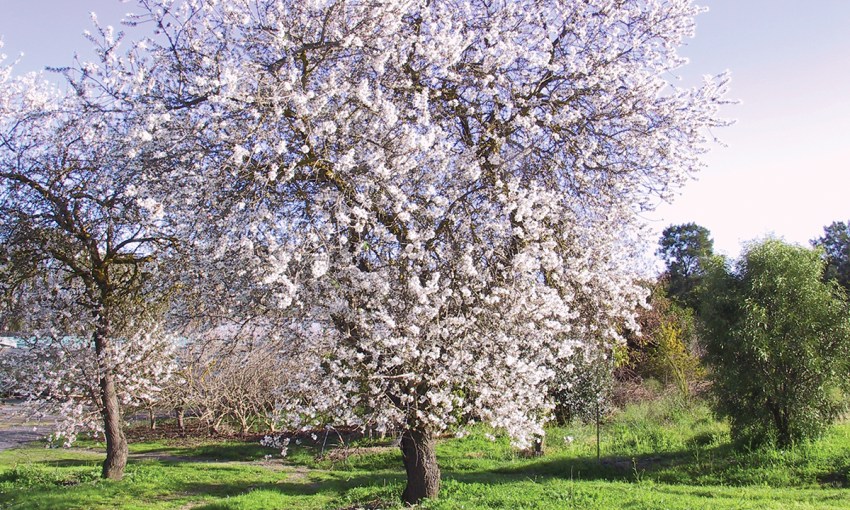A wide range of nut trees thrive in South Australian conditions, so why not add one or two to your back yard?
Go nuts: plant a tree
Almond
The almond tree is very well suited to the Mediterranean climate where summers are long, warm and dry and winters are cool and moist. This is the climate that characterises the bottom third of the Australian continent. They can be grown in a wide range of soils, other than those that are frequently waterlogged. Almond trees are quite strong growers and can get fairly large, up to eight metres high. This is too high to net against the birds, so backyard almond trees must be pruned to a smaller size.
Prune your almond tree every year so that its shape facilitates the application of a good bird net. Modern almond varieties such as Shasta are self-pollinating. It is very productive, ripening its nuts in February. Shasta is a softshell variety, which means that the shell is easy to crack. The best time to plant your new tree is in June and July as a bare-root dormant tree. Potted trees can be planted all year round.
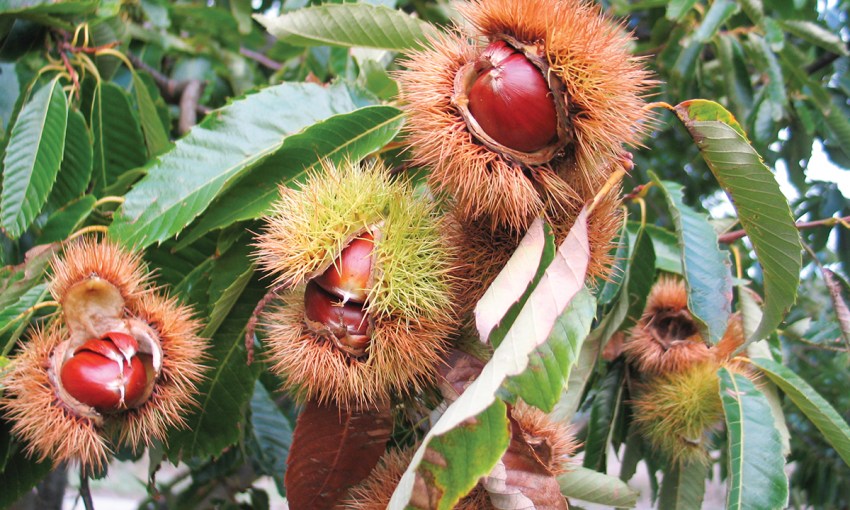
Chestnut
The chestnut is a beautiful, compact, spreading tree with a dense canopy of dark green leaves. It is deciduous and quite frost hardy. It will grow in many soil types but will not tolerate waterlogging. Allow for trees to grow to six metres tall and wide, but prune heavily to fit them into a suburban garden. Water moderately and fertilise in August. Enjoy the shade in summer!
Chestnut is not self-pollinating, and two trees of different varieties should always be planted. Pollen is wind-transmitted from the long male catkin to the tiny female burr (flower) that is borne at the base of the catkin stem. Many varieties can be grown but four of the best are Bouche de Betizac, Purtons Pride, MP2 and Red Spanish.
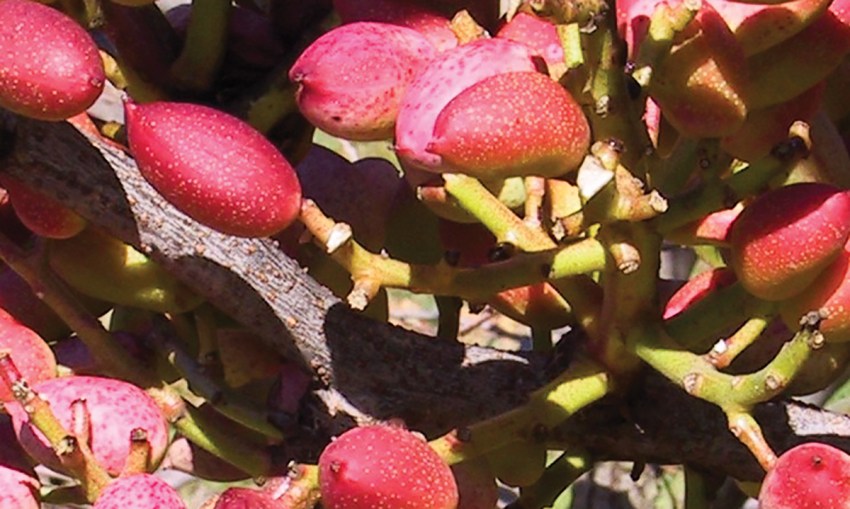
Pistachio
Pistachio nuts grow on deciduous trees that grow to three to six metres wide and tall depending on soil quality and amount of water applied. They can be pruned to bushes or trained to espalier. Male and female trees are required to enable pollination and the pollen is carried from male to female flowers on the wind. They are hardy trees that do well where winters are cold and summers hot and dry. They will grow in most sunny places in southern Australia, other than in some mild coastal areas. Pistachios are unsuited to areas with humid or wet summers. Pistachio trees are best planted in the cooler months. Plant males and females from two to six metres apart. The male tree should be upwind of the female tree according to the most common prevailing winds in October when the trees are flowering.
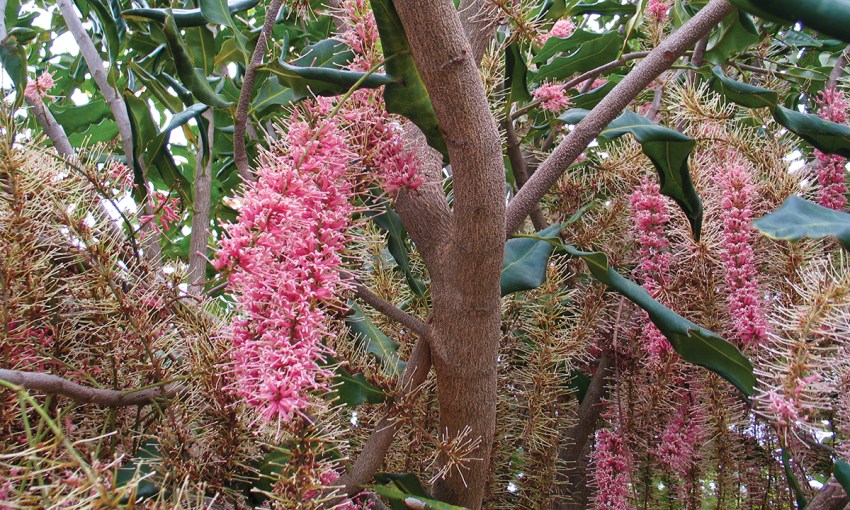
Macadamia
The macadamia is of sub-tropical origins yet is the easiest nut to grow in our region, provided the frosts are not too deep. It is a beautiful, bushy evergreen tree from about six to eight metres, but can be hedge-pruned to any size that suits your garden. It is self-pollinating and sets a crop of fruit from around four years. However, slow-growing trees can take much longer, so it is well worth applying extra water to encourage strong growth. Cow manure or similar fertiliser will speed things up. All macadamia varieties will fruit in South Australia but Pinkalicious is a favourite because it fruits in a few years.
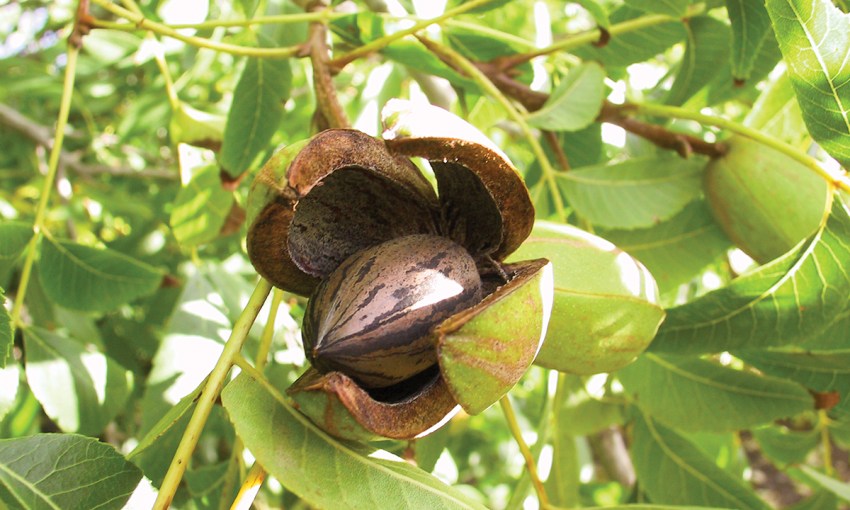
Pecan
The pecan tree is beautiful, hardy and productive. It can tolerate harsh frosts and hot summers and makes a beautiful specimen tree for any park or large garden. They are very easy to grow and tolerant of a wide range of conditions. The husks split when ripe and the nuts fall to the ground, ready to be eaten or stored for later use.
There are many varieties, but a favourite is Mohawk. It is a self-fertile variety that produces large nuts of very good flavour. The tree is vigorous but can be pruned for a compact shape. A pollinator such as Pawnee is good for enhancing pollination in some situations. Both varieties are known short-season types which ensures that they will ripen in southern Australia before winter.
Hazelnut
The hazelnut is a tree suited to temperate climates in places largely free from hot winds and salty water. Therefore, they do best in cool and moist places such as the Adelaide Hills. Plant at least two varieties for pollination and consider a third variety to ensure fruit set. The hazelnut grows naturally as a multi-stemmed bush but can be pruned to a tree shape if the suckers are removed every year. Harvest delicious nuts in February.
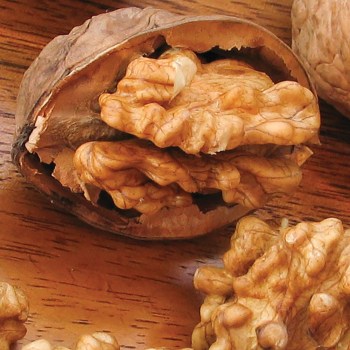
Walnut
The walnut is a beautiful deciduous tree that grows through most of southern Australia. High-quality nursery stock of grafted trees can grow quite fast and fruit early if planted correctly. Trees are best planted as dormant bare-rooted trees in winter, in soils that do not waterlog. Walnut trees can be big, up to 15 metres, but are more often around four to six metres in height and spread. Like any fruiting tree, they can be pruned to a size and shape that suits the available space in the garden. Grafted trees produce nuts much sooner than seedlings and are worth the extra investment. Look for varieties such as Howard, Lara and Chandler, all of which produce large thin-shelled nuts on young trees.
This article first appeared in the Winter 2021 issue of SALIFE Gardens & Outdoor Living magazine.



